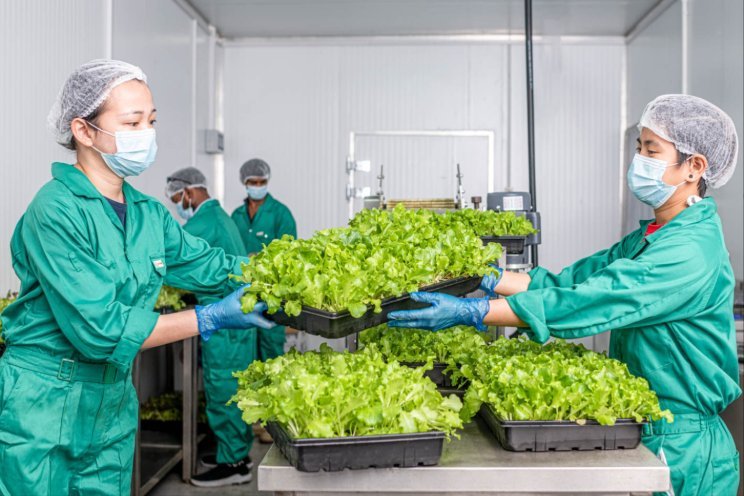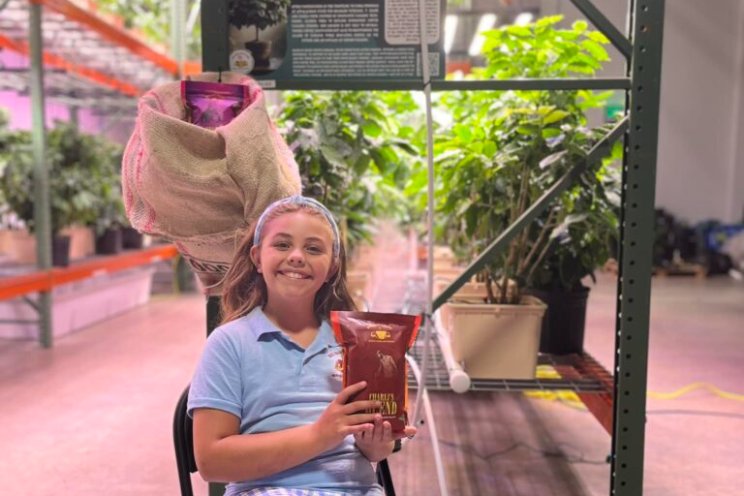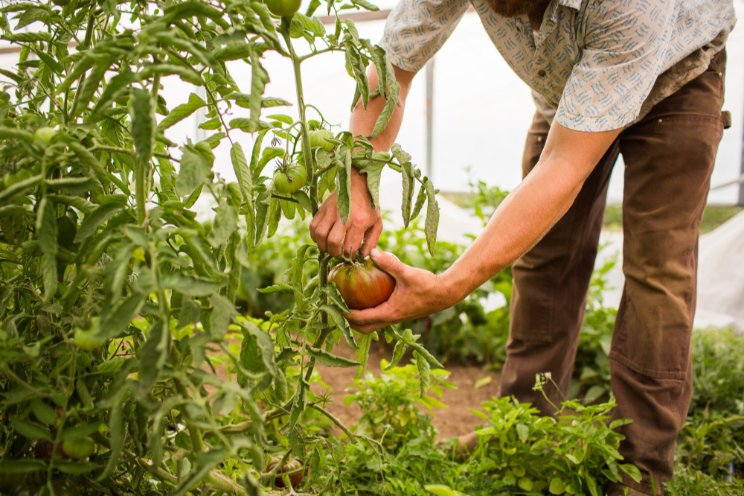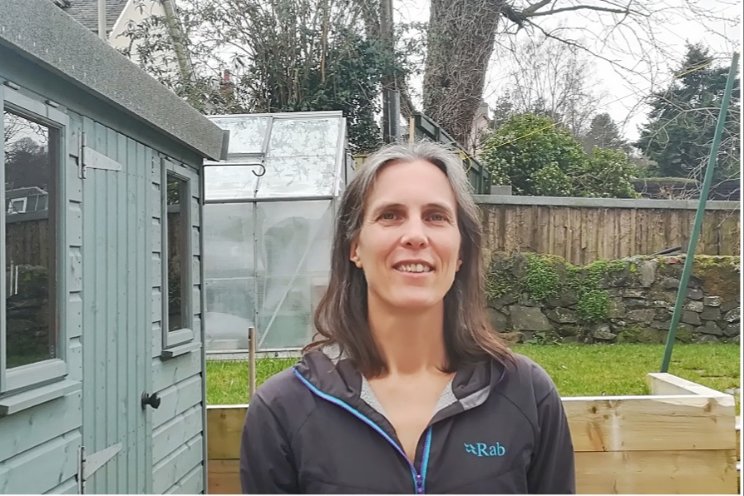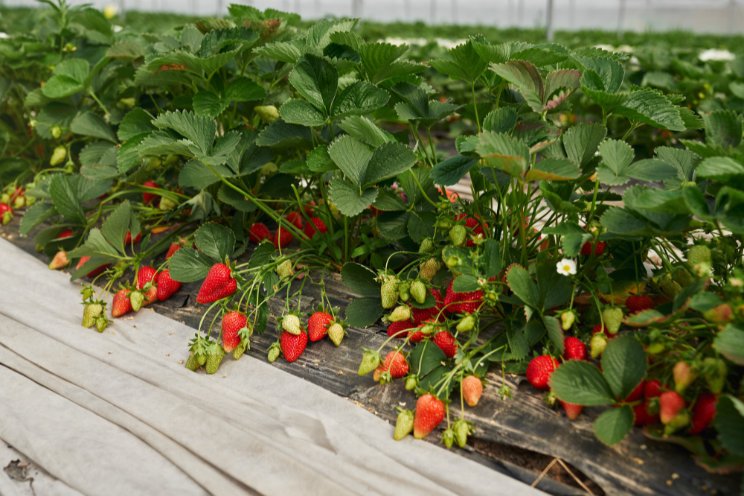A harvesting robot and the future of farming
Added on 25 November 2021

Vertical farming has attracted a lot of attention—and a lot of investment—as a more-sustainable alternative to traditional field farms.
But it's not a perfect solution—at least, not as many vertical farms currently operate, says Brandon Alexander, co-founder and CEO of Iron Ox, a San Carlos, Calif.-based hydroponic farming and ag-tech company. Take, for example, vertical farms' extensive use of grow lights: "Now we've replaced one of our best renewable resources, the sun, with LEDs," says Alexander, who spent summers in his childhood on his grandparents' Texas field farm. "It's like we took the most natural part of growing and made it artificial, and so now you get energy waste with everything that you grow."
Alexander was working in robotics as a software engineer at Google in 2015 when, as he wrote on Iron Ox's website, he found that he "couldn't shake the feeling that there was an opportunity to have an even bigger impact."
A road trip with fellow Iron Ox co-founder Jon Binney to identify places where more-advanced automation could help American farms and farmers was "depressing," he wrote, but also illuminating: Incorporating more robotics into small farm tasks wasn't going to cut it. "We were going to have to rebuild the whole damn system with automation and efficiency baked into every bit of it," he said.
Fast-forward to 2021, and what that looks like for Iron Ox now are automation-heavy indoor farms in Northern California that realize water savings of 90%—similar to savings achieved by vertical farms—vs. traditional field farms and that skip LEDs in favor of sunlight. The company's leafy greens, herbs and fruits are available at Whole Foods Market, Mollie Stone's and Bianchini Market stores in Northern California, with plans for expanded distribution in 2022.
In April, the company broke ground on a 530,000-square-foot farm outside Austin in Lockhart, Texas, and this fall Iron Ox announced a $53 million Series C funding round led by new investor Breakthrough Energy Ventures, an investment group founded by Bill Gates. Earlier this month, the company introduced Grover, a "mobile support robot" (AKA a growing rover) that assists in monitoring, watering and harvesting crops ranging from leafy greens to strawberries.
Alexander spoke with Winsight Grocery Business recently about why indoor farming needs its own disruption and what farming's future should look like.
Christine LaFave Grace: First off—what exactly is a mobile support robot?
Alexander: Grover handles the hydroponics in our farming operation. When we started out, while we liked hydroponics, because you can grow year-round, and you can grow near cities and near people, most of the indoor farms and vertical farms we saw I would describe as very rigid. This would be a beefsteak tomato indoor farm; this would be a butter lettuce indoor farm. But you're building these indoor farms for 15, 20 years—I mean, the iPhone hadn't even come out 15 years ago (it debuted in 2007). How do you know what that demand is going to be even next year, let alone 10 or 15 years later?
And so we realized if we're really going to make a solution that can meet consumers' needs, we need to make a system that's a lot more flexible. And so we made these little hydroponic pallets, these little 6' x 6' grow modules, and each one can be configured to different plants—this could be a tomato; this could be a butterhead lettuce or a strawberry. But a strawberry plant has different needs than a butterhead lettuce plant, so we need a system that can react to each of those plants' needs.
That's where Grover came in. We developed Grover to be able to really service each one of these grow modules and give these plants a little tune-up throughout their life cycle.
Click here to read more.
Photo created by user6702303 - www.freepik.com
Source: Winsight Grocery Business
More news

